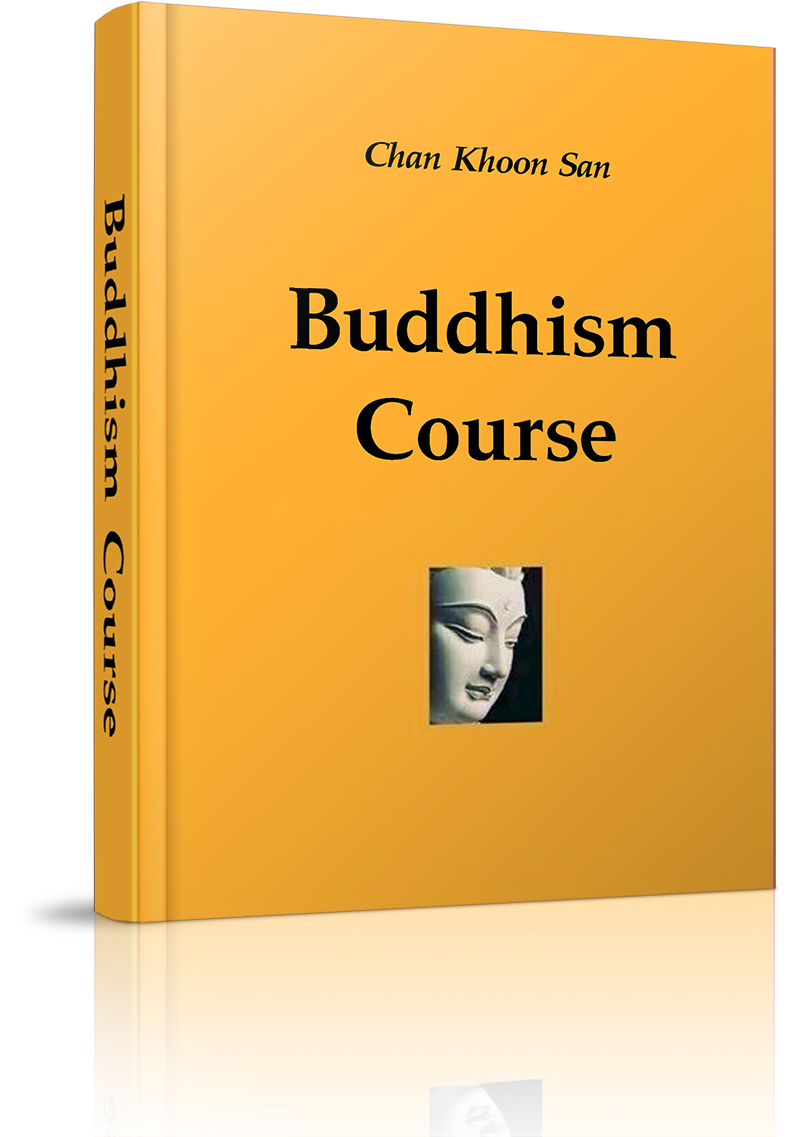Dedication
This book is dedicated to all my spiritual teachers who have helped me in one way or another in my progress towards understanding the Dhamma, in particular, the following teachers below:
Chanmyay Yeiktha Meditation Centre, Yangon, Myanmar
• Chanmyay Sayadaw Bhadanta Janakabhivamsa,
• Sayadaw U Sobhita
• Sayadaw U Rewata,
• Sayadaw U Wathawa,
• Sayadaw U Kittidhaja,
• Sayadaw U Rakkhita Dhamma,
• Ven. U Nyanaramsi,
• Ven. Ariya Nani,
• Mr. Khin Maung Win (formerly Sayadaw U Khemissara), and
• Mr. Jeff Oliver (formerly Ven. U Dhammarakkhita) Chan Myae Myaing Meditation Centre, Yangon, Myanmar
• Sayadaw Ashin Indaka Vishwa Shanti Vihara, Kathmandu, Nepal
• Venerable Bhikshu Jnanapurnik Sri Lankan Buddhist Temple, Sentul, Kuala Lumpur
• Venerable Saranankara Mahathera Ngakyanpyan Dhamma Yeiktha, Yangon, Myanmar
• Sayadaw U Dhammapiya Santisukharama Meditation Centre, Kota Tinggi, Johore
• Venerable Sujiva
Preface
Over the last few years, several readers have indicated to me that the articles in the Introductory Course in Buddhism were too brief and should be expanded to provide more details. This new book entitled “Buddhism Course” is a carefully researched and upgraded version. It contains 17 chapters dealing with most of the relevant topics on Buddhism, such as: Life of the Buddha, Four Noble Truths and Eightfold Noble Path, Dependent Origin, Law of Kamma, Death and Rebirth, Five Destinations, World Cycles when Buddhas Appear, Ten Bases of Meritorious Action, Buddhist Vipassana Meditation, Recollection of the Buddha, Dhamma and Sangha and the Three Baskets (Tipitaka) in Buddhism.
In this book, reference material from various has been utilized to provide readers with some new interesting articles on Buddhism. “Death and Rebirth” describes the modes of death and objects presented to the mind before death such as the five visions of a dying person followed by the modes of birth. “Five Destinations (Pancagati)” describes in detail the Thirty-one Planes of Existence or planes of rebirth recognized in Buddhist Cosmology. “World Cycles When Buddhas Appear” describes the conditions for the rare appearance of a Buddha as well as the perfections (parami) that an aspirant has to practise to achieve the status of Pacceka Buddha and Maha Arahant. “Recollection of the Buddha, Dhamma and Sangha” describes in detail the Nine Supreme Virtue of the Buddha, the Six Virtues of the Dhamma and the Nine Virtues of the Sangha, respectively. Understanding of the virtues of the Triple Gem is a condition for success in the practice of the meditation of Mindfulness of the Buddha, Dhamma and Sangha.
“Three Baskets (Tipitaka) in Buddhism” is the longest article containing 50 pages chronicling the history of how the Pali Canon was preserved over the last 2500 years of its existence through the Buddhist Councils, starting from the Council of Rajagaha three months after Parinibbana to the Sixth Council in Yangon 2500 years later in 1956. Although a bit lengthy, the author decided to publish it in this book to enable the reader to know, understand and appreciate the crucial role of the Sangha in the preservation, propagation and perpetuation of the Buddha Sasana.
Many articles have been expanded with detailed explanatory notes added, notably in Chapter I – Life of the Buddha, Chapter IV Dependent Origination and Chapter XII – “Transference of Merits to Departed Relatives”.
The compilation of this book was a labour of love and a source of joy. It is hoped that readers will find pleasure in reading the articles and benefit from them.
Acknowledgements & Sharing of Merits
I am grateful to Sis Wooi Kheng Choo and Sis Christine Lee Chin Har of Subang Jaya Buddhist Association for proof-reading the manuscript and making many useful suggestions for improvement. The assistance of Mr. Tey Seng Heng, my former colleague at Applied Agricultural Research Sdn. Bhd. in the computer work is gratefully acknowledged. Finally, I wish to thank the various individuals and societies for their support in the publication of this book so that it can be used as a Buddhism Course that will lead to better understanding of Buddhist history and doctrine.
May the merits of this Dhammadana be shared with relatives, friends and all beings. Sadhu! Sadhu! Sadhu!
Bro. Chan Khoon San, June 2006
About the Author
Bro. Chan Khoon San was born on 8 August 1941 in Penang where he received his early education. After completing sixth form in 1960, he joined the Malayan Teachers College at Brinsford Lodge, UK where he underwent two years teacher training. On completion of the course, he taught briefly from 1964 to 1967. In 1968, he entered the University of Malaya and graduated with a B.Sc. (Hons) degree in Chemistry in 1971. From 1971 till his retirement in 1996, he worked as a Research Chemist in a large plantation company. He is married with two grown-up daughters.
After retiring in 1996, Bro. Chan went to Myanmar to pursue the intensive practice of Satipatthana Vipassana meditation under the guidance of Chanmyay Sayadaw Bhadanta Janakabhivamsa at Chanmyay Yeiktha Meditation Centre in Yangon. In 1998, he went for his second retreat at the countryside centre in Hmawbi, where he practised under the guidance of Venerable Sayadaw U Indaka. Since then, he has gone for regular annual retreats at Hmawbi practising under Venerable U Nyanaramsi and other instructors, during the cold season from December to February. For the rest of the year, he teaches Buddhism at various Buddhist societies in the Klang Valley. Since 1997, he has organized several Buddhist pilgrimages to India and has also written a book entitled ‘Buddhist Pilgrimage’ describing the holy shrines of Buddhism in India today.
Để có thể hành động tích cực, chúng ta cần phát triển một quan điểm tích cực. (In order to carry a positive action we must develop here a positive vision.)Đức Đạt-lai Lạt-ma XIV
 Xem Mục lục
Xem Mục lục  Vietnamese || Đối chiếu song ngữ
Vietnamese || Đối chiếu song ngữ